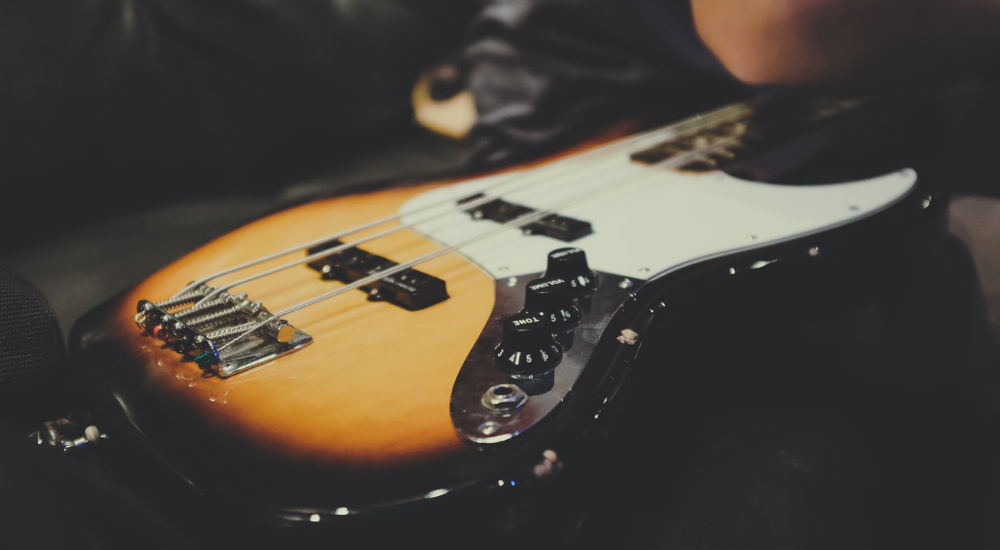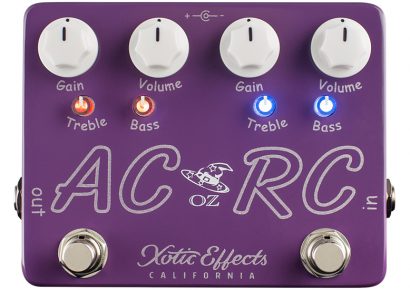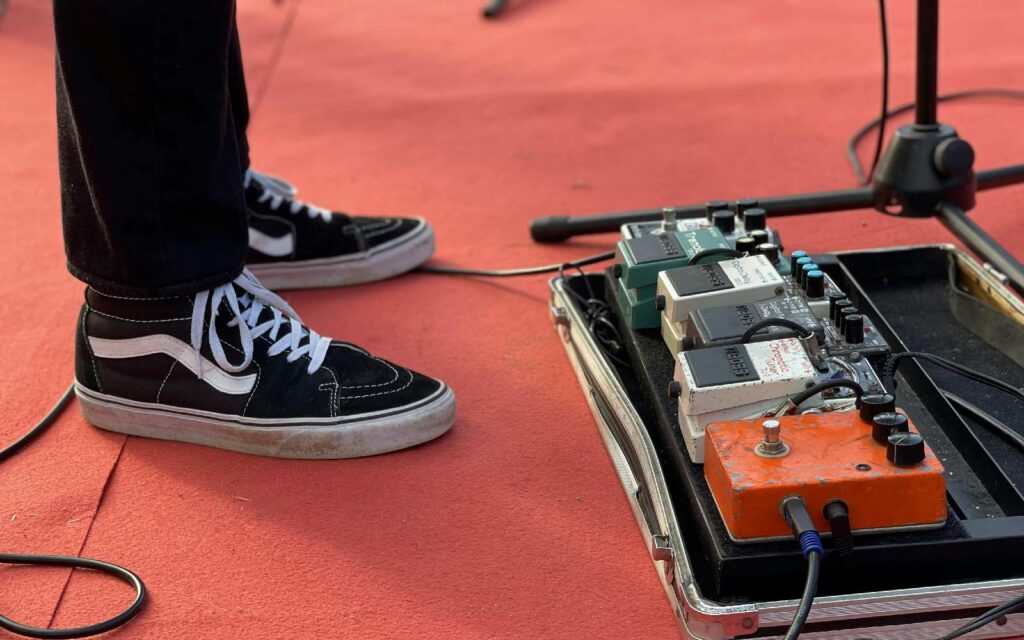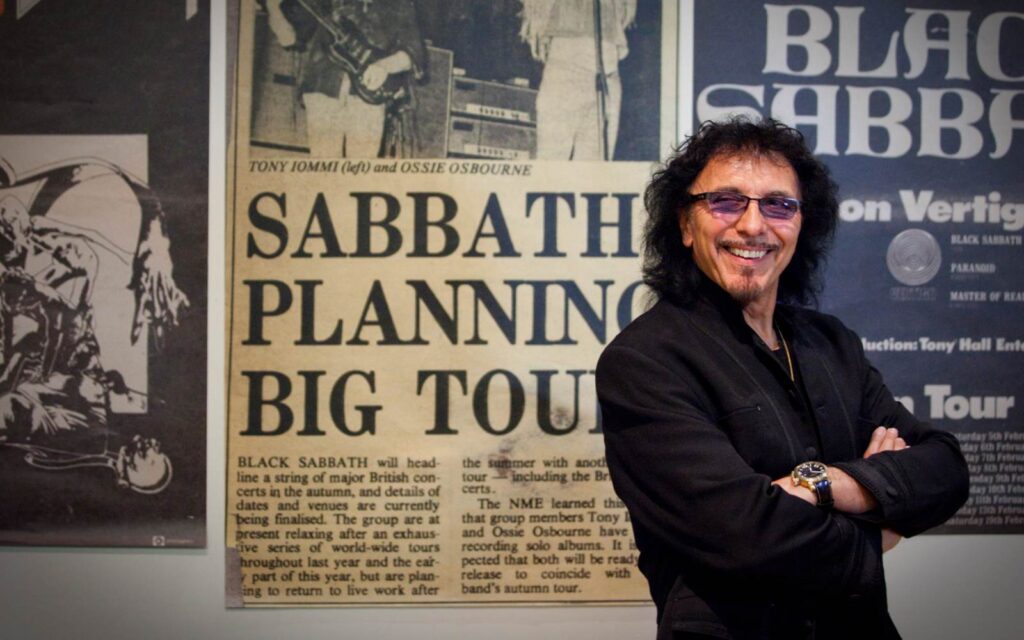Figure A starts with the G Major Scale on the first line (G-A-B-C-D-E-F#-G) and then makes triads starting from each of these scale degrees on the next two lines (G-B-D, A-C-E etc). The triads create the chords G-Am-Bm-C-D-Em-F#dim, these are said to be diatonic (within the scale!).
Figure B is a lick in G Major, think of it as a mid tempo soul/funk one chord groove. It plays some G Major sounding ideas in the first bar but then moves through Am and Bm arpeggios in bar 2 before finishing with the notes C-D-G (essentially a IV-V-I sound). This whole lick is in the key of G Major but creates some other sounds by using diatonic arpeggios.
You can then hopefully see that having a knowledge of key signatures/scales is a useful tool for constructing bass lines and improvising. If you’re given a chord progression you can follow the root notes and play with the rhythms but adding some further notes from the chords (chord tones) can add flavour by giving the listener further information about the chord. Likewise you can add further flavour by using notes from the chords when improvising. If the chord progression is moving through a series of chords you can follow these and use notes from the chords, but also if it’s a static one or two chord jam you can super impose other sounds to create movement as we discussed earlier.
So, let’s take another simple chord progression G-D-Em-C. Figure C uses just the root notes to follow the changes. It sounds like the progression but there’s not a lot of information there. Now try Figure D which adds an extra chord tone to each bar. We can hear that this idea adds more of the chord quality and therefore gives the listener more information. The next steps would be to experiment with adding more chord tones and playing with the rhythms. The end result can then be line that outlines some of the chord qualities and sounds rhythmically interesting. Remember however, we don’t always need to play more than the root note. There are times to play minimally and then times to ramp it up.
If our song followed the same progression for the whole piece (G-D-Em-C) you could for example play Figure C in the verse, Figure D in the pre chorus and then something like Figure E in the chorus to mix things up. Again, try it as a straight mid tempo soul/funk groove and listen to the development of the chord tones as you move through the three sections – each one adds a little more information and develops as the song progresses. More next issue.
Revisit last month’s bass lesson here.












